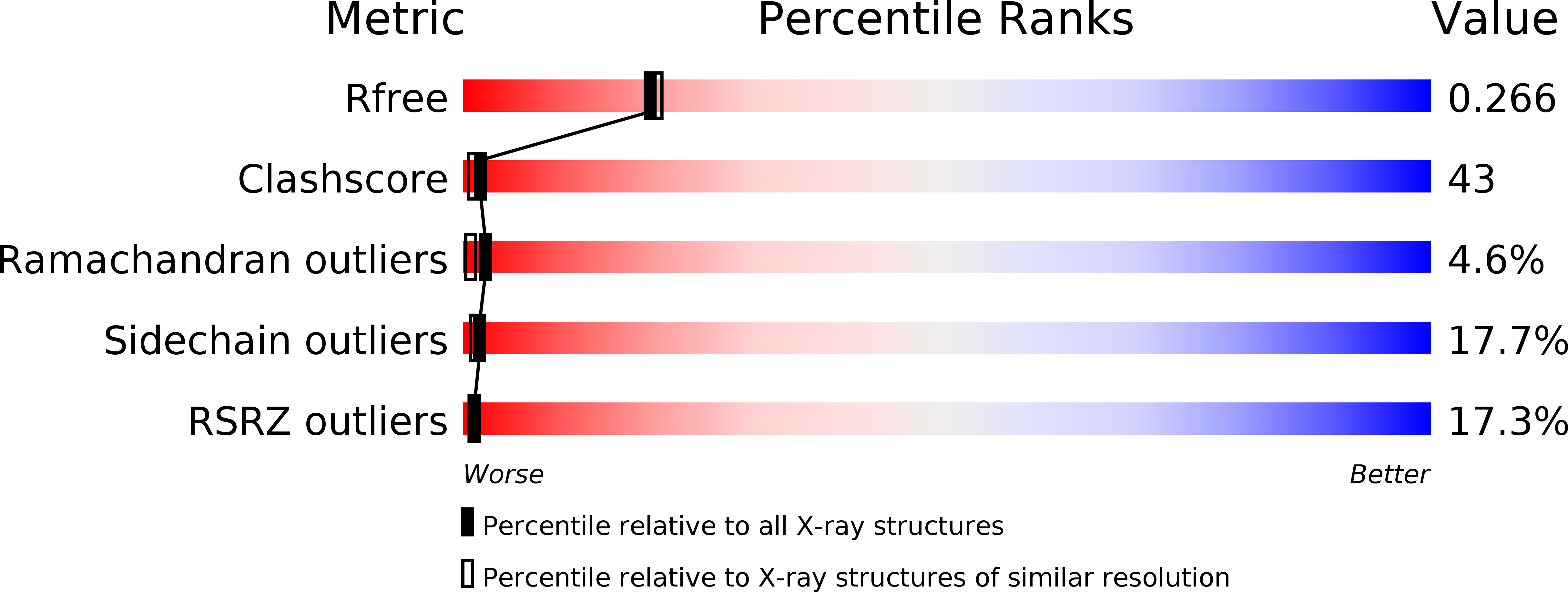
Deposition Date
2001-11-06
Release Date
2002-06-07
Last Version Date
2023-08-16
Entry Detail
PDB ID:
1KBU
Keywords:
Title:
CRE RECOMBINASE BOUND TO A LOXP HOLLIDAY JUNCTION
Biological Source:
Source Organism:
Enterobacteria phage P1 (Taxon ID: 10678)
Host Organism:
Method Details:
Experimental Method:
Resolution:
2.20 Å
R-Value Free:
0.27
R-Value Work:
0.23
R-Value Observed:
0.23
Space Group:
C 2 2 21


